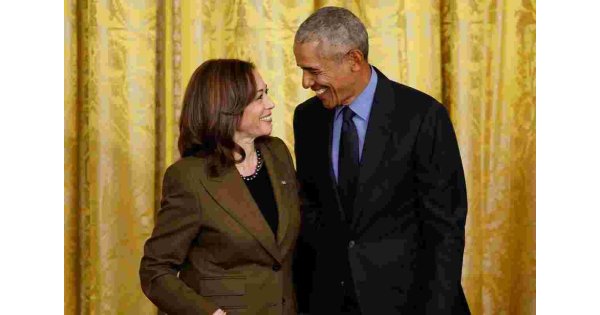The Supreme Court heard arguments in Glossip v. Oklahoma, a death penalty case posing a bizarre question: can courts force a state to execute a possibly innocent prisoner when the state itself doesn't want to? Richard Glossip, the petitioner, claims prosecutors concealed key evidence and allowed false testimony at his trial, leading to his wrongful conviction. Oklahoma Attorney General Gentner F. Drummond agrees, supporting Glossip's quest for a new trial. However, the Oklahoma Court of Criminal Appeals ruled against him, attempting to shield its decision from SCOTUS review by citing state law barring further appeals.
The Supreme Court must now decide whether the lower court successfully blocked federal reversal and, if not, whether Glossip deserves a new trial that complies with the Constitution. While a slim majority of justices might favor Glossip, the arguments were dominated by Justice Clarence Thomas, a death penalty advocate, and Sonia Sotomayor, a death penalty skeptic.
Thomas, defending the prosecutors accused of misconduct, expressed deep empathy for their reputations. Sotomayor, on the other hand, highlighted strong evidence suggesting these prosecutors deliberately violated Glossip's due process rights. The outcome hinges on whether Justices Brett Kavanaugh and Amy Coney Barrett side with Sotomayor's evidence-based stance or Thomas' defense of the prosecutors.
Everyone agrees that Richard Glossip didn't personally kill Barry Van Treese. Instead, Justin Sneed, who struck a deal with prosecutors to avoid the death penalty, testified that Glossip ordered him to carry out the murder. Sneed's testimony was crucial to the state's case against Glossip, and prosecutors sought to portray him as trustworthy. However, contemporaneous notes, discovered years later, revealed that Sneed was lying. These notes, taken by lead prosecutor Connie Smothermon, state that Sneed was "on lithium" and under the care of a "Dr. Trumpet." Glossip's lawyers believe Smothermon was referring to Dr. Trombka, the prison psychiatrist who treated Sneed with lithium for a psychiatric disorder.
Prosecutors' failure to disclose this information violates the due process clause, which requires prosecutors to turn over potentially favorable evidence to the defense and to correct false testimony. Had this information been shared, Glossip's attorneys could have undermined Sneed's credibility and presented a stronger case for their client.
During arguments, Thomas portrayed Smothermon and Ackley as victims of a smear campaign, despite both prosecutors providing statements. He insisted that they were not given a chance to explain their actions, despite evidence to the contrary. Thomas sought to downplay the prosecutors' misconduct, dismissing the notes as irrelevant or attributing them to a misunderstanding.
Clement, representing Drummond, countered that the notes clearly indicate unconstitutional concealment of evidence. However, Thomas continued to perpetuate his false claim that Glossip's lawyers never spoke to the prosecutors, emphasizing Smothermon's denial of any wrongdoing.
Sotomayor challenged Thomas' narrative, pointing out that prosecutors are legally responsible for any information in their possession, including prison records. Clement agreed, stating that the evidence undeniably points to a deliberate concealment of evidence.
Despite overwhelming evidence contradicting his claims, Thomas persisted with his defense of the prosecutors, demonstrating an unusual level of empathy for them while seemingly disregarding the due process violations suffered by Glossip.
Kavanaugh and Barrett, though, appeared less persuaded by Thomas' arguments. Kavanaugh acknowledged the injustice of Sneed's lies, emphasizing the lost opportunities to challenge his credibility due to the prosecution's concealment of evidence. Barrett, however, seemed preoccupied with the procedural hurdles created by the Oklahoma Court of Criminal Appeals in its attempt to block SCOTUS review.
Chief Justice John Roberts suggested that the concealed evidence might not have influenced the jury's decision. Justices Elena Kagan and Ketanji Brown Jackson sided with Sotomayor, leaving the outcome potentially dependent on Kavanaugh and Barrett.
Thomas' persistent attempts to portray the prosecutors as victims of a witch hunt served as a smokescreen, masking the clear evidence of constitutional violations. The substantial evidence supporting Glossip's claims cannot be dismissed or rationalized away. It should not be this difficult for five justices to recognize that Glossip received an unfair trial and that his case deserves a new trial that complies with the Constitution.
Clarence Thomas Thinks the Real Victims Are Prosecutors Who Engage in Misconduct
Clarence Thomas is leaping through crazy hoops to try to kill Richard Glossip.



